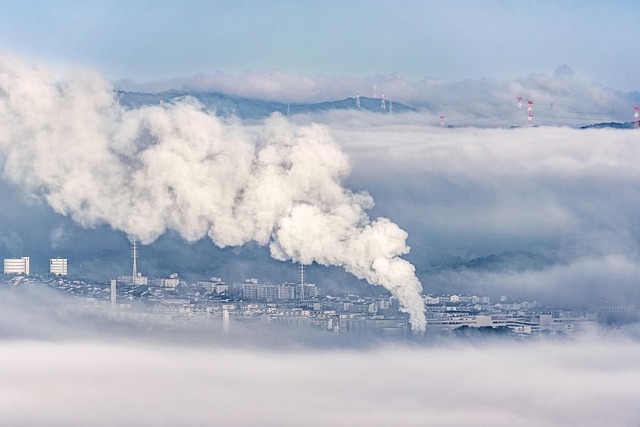As we navigate the complexities of climate change, it’s crucial to understand the underlying processes that influence our planet’s health. One of the most significant factors at play is carbon dioxide absorption. This natural phenomenon, largely facilitated by oceans, forests, and soil, acts as a key player in regulating the Earth’s climate. However, the levels of carbon dioxide in our atmosphere have surged to unprecedented heights, leading to dire consequences for our environment.
The increasing concentration of carbon dioxide is a major contributor to global warming. It traps heat in the atmosphere, resulting in the melting of polar ice caps and glaciers. This melting process not only raises sea levels but also disrupts ecosystems that rely on stable temperatures. As we witness these changes, the reality of climate change becomes more tangible, affecting not just wildlife but also human communities worldwide.
Meanwhile, carbon dioxide absorption serves as a ray of hope in our battle against climate change. By enhancing our understanding of how carbon dioxide interacts with the environment, we can develop methods to amplify this natural process. For instance, reforestation and afforestation initiatives play a vital role in increasing the number of trees that absorb carbon dioxide. Similarly, protecting our oceans—home to marine plants that sequester carbon—should be a top priority as we look to mitigate the effects of climate change.
The melting of ice is more than a climate statistic; it’s a visceral representation of how deeply interconnected our planet’s ecosystems are. The loss of ice not only affects polar bears and other wildlife but has far-reaching consequences on weather patterns and ocean currents that can trigger severe storms and droughts. Every degree matters, and thus understanding how carbon dioxide absorption can slow these processes becomes essential for both environmental and social stability.
Moreover, advancements in technology and science are paving the way for innovative solutions. Carbon capture and storage methods aim to extract carbon directly from the atmosphere and sequester it underground or repurpose it for use in manufacturing. These emerging technologies highlight the importance of carbon dioxide absorption as a tool for combating climate change, reminding us that solutions exist if we prioritize sustainability in our policies and practices.
As individuals, our choices also matter. Supporting industries and products that focus on sustainable practices can enhance carbon dioxide absorption on a micro level. From reducing waste, conserving energy, to advocating for policies that protect our natural resources, every action counts. Together, we can work towards creating a world where carbon dioxide absorption is maximized, lessening the impact of melting ice and changing climates.
While the journey ahead is undeniably challenging, understanding the role of carbon dioxide absorption in the larger context of melting ice provides us with the insight needed to combat climate change. By fostering a global commitment to sustainable practices and environmental conservation, we can protect our planet and, in turn, our future.



